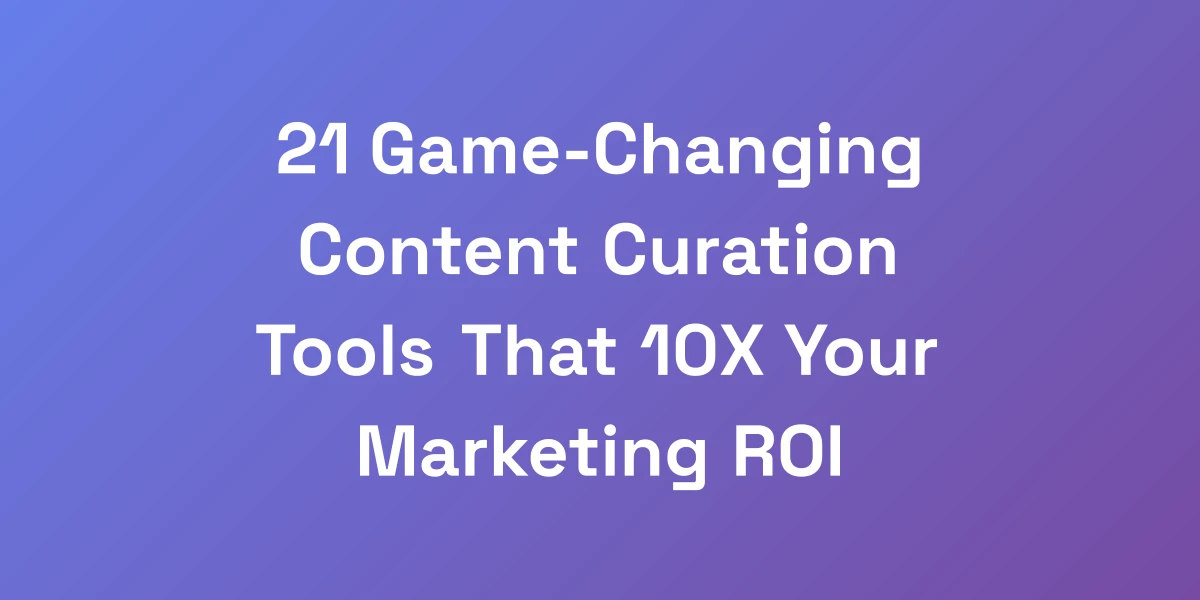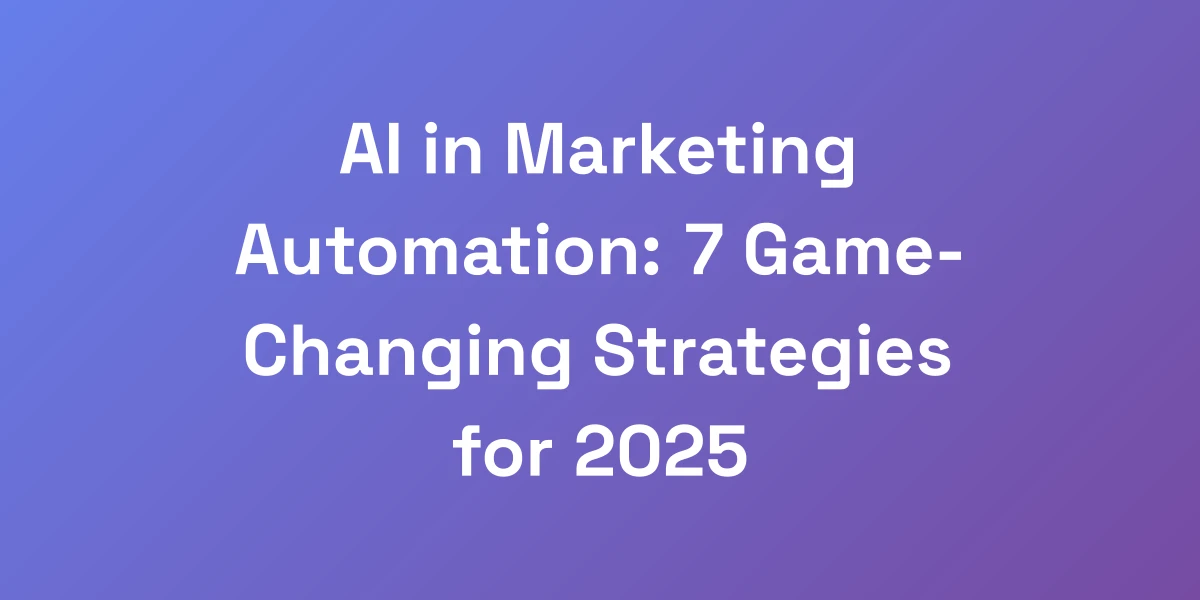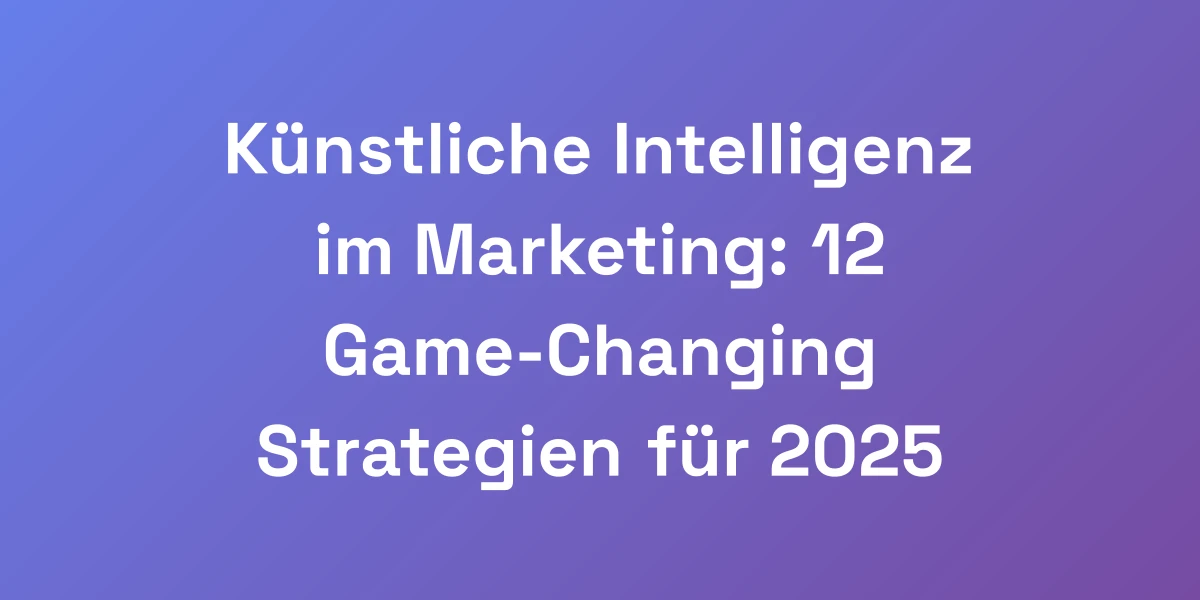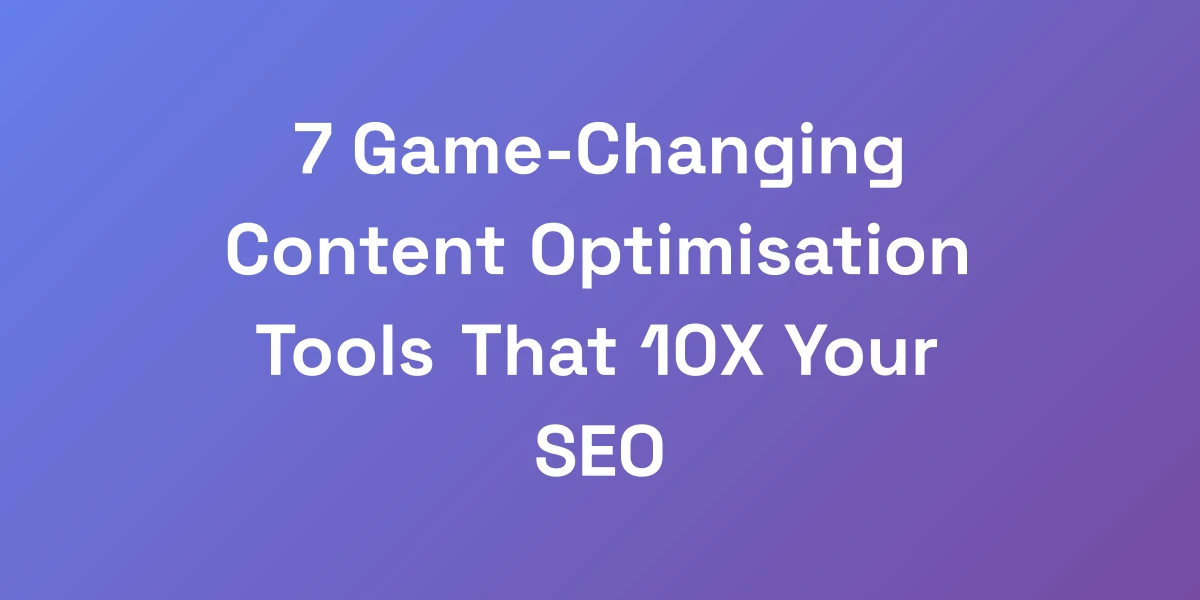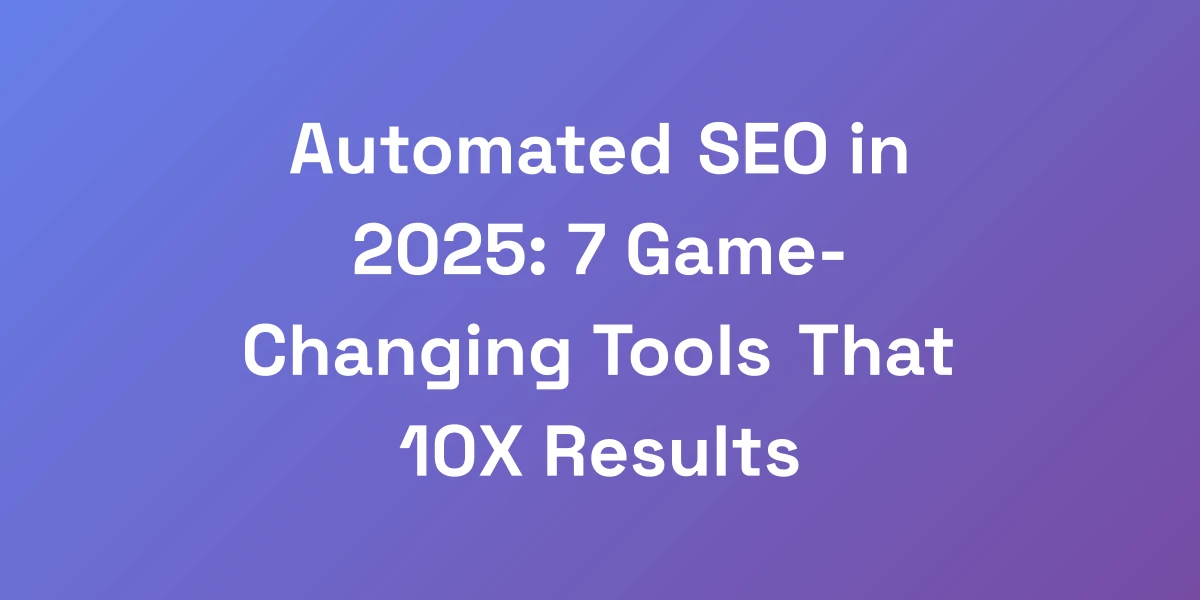
17 Game-Changing Content Marketing Examples That Made Millions (2025)
Mar 18, 2025 | By [email protected]
The Million-Dollar Content Marketing Mindset: Why These Examples Work
Let us lay down some truth: nearly 99% of content marketing initiatives fall flat. Why? Because most people are busy mimicking tactics without grasping the core psychology that drives success.
The examples we’re diving into today aren’t just lucky breaks—they’re systematic blueprints for converting content into significant revenue streams.
Each case study in this list has churned out at least seven figures in revenue. What’s the secret sauce? It’s not about spending big bucks; it’s about understanding human behavior and leveraging that insight to create compelling content that drives action.
The Psychology Behind Viral Content Marketing
Ever wondered why some content goes viral while most of it rarely gets a glance? It’s all about the psychology. Successful content marketers tap into the emotional triggers of their audience—fear, joy, surprise, or even curiosity.
Consider the principle of social proof. When people see others engaging with a piece of content, they’re more likely to engage themselves. This is why testimonials, user-generated content, and influencer endorsements can exponentially increase your reach and impact.
Moreover, understanding cognitive biases such as the scarcity effect or the reciprocity principle can help shape your content strategy. For instance, limited-time offers or providing free, valuable information can prompt immediate responses from your audience.
Why Traditional Content Marketing Examples Don’t Work Anymore
The landscape has shifted. Traditional content marketing strategies that once thrived are now struggling to keep up. Why? Because audiences are more discerning and have higher expectations for personalization and value.
Simply pushing out content for the sake of it—be it blog posts, whitepapers, or videos—without a clear strategy or understanding of your audience’s needs leads to minimal engagement and poor ROI.
In today’s fast-paced digital environment, relevance and timeliness are paramount. Content must not only provide value but also align with the current trends and the evolving preferences of your audience.
The Revenue-First Content Framework
What if we told you that every piece of content you create should have a direct pathway to revenue? Enter the revenue-first content framework.
This approach ensures that every content piece is strategically designed to drive sales, whether through direct conversions, lead generation, or brand loyalty.
- Identify Revenue Goals: Start with clear financial objectives. Know what you want to achieve with your content.
- Map Content to the Buyer’s Journey: Create content that addresses the needs and questions of your audience at each stage of their journey.
- Optimize for Conversions: Incorporate strong calls-to-action and easy pathways for your audience to become customers.
This framework shifts the focus from vanity metrics like page views to concrete financial outcomes, ensuring that your content marketing efforts contribute directly to your bottom line. Agencies can further benefit by adopting strategies from experts in digital marketing for agencies.
Key Metrics That Actually Matter
Let’s cut through the noise of vanity metrics. What should you really be tracking to measure the success of your content marketing?
- Conversion Rates: The percentage of visitors who take a desired action, such as filling out a form or making a purchase.
- Customer Acquisition Cost (CAC): How much it costs to acquire a new customer through your content marketing efforts.
- Lifetime Value (LTV): The total revenue a business can expect from a single customer account.
- Engagement Rates: Metrics like time on page, comments, shares, and likes that indicate how much your audience is interacting with your content, according to social media benchmarks.
Focusing on these metrics provides a clear picture of how your content is performing in terms of driving revenue and business growth, rather than just measuring superficial engagement.
Setting Up Your Content for Monetary Success
Monetary success doesn’t happen by accident. It requires deliberate planning and execution.
Start by defining your target audience and understanding their pain points and desires. Then, create content that directly addresses these needs while seamlessly integrating your products or services as solutions.
- Content Planning: Develop a content calendar that aligns with your sales cycles and promotional activities.
- SEO Optimization: Ensure your content is optimized using the best SEO tools for agencies to increase organic traffic.
- Content Diversification: Use a mix of blogs, videos, podcasts, and infographics to reach your audience through various channels, as suggested in digital marketing for small businesses.
By strategically setting up your content ecosystem, you pave the way for sustained revenue growth through consistent and targeted content efforts.
Case Study #1: How a $0 LinkedIn Strategy Generated $2.7M
Listen closely because this might be the most valuable thing you’ll read today. A software company we consulted with transformed their LinkedIn presence from zero to generating $2.7 million in sales pipeline in just 90 days.
The secret? They abandoned the quest for professionalism and zeroed in on profitability. Their content strategy revolved around sharing revenue-generating insights that their target audience couldn’t find anywhere else.
With no fancy production or paid ads, they delivered pure, actionable value that made their ideal customers think, “I need to work with these people.”
The Content Framework That Generated 7-Figures
Their framework was straightforward yet powerful:
- Value-Driven Content: Each post provided actionable insights that addressed specific pain points of their audience.
- Consistency: Regular posting ensured they stayed top-of-mind with their LinkedIn connections.
- Engagement-Focused: They actively engaged with their audience through comments and messages, building relationships.
Converting LinkedIn Views into Sales Calls
Views alone don’t translate to revenue. They implemented strategies to convert LinkedIn engagement into tangible sales opportunities.
By including clear CTAs and engaging directly with interested prospects, they turned passive viewers into active sales leads.
Content Distribution Strategy
Distribution was key. They leveraged LinkedIn’s algorithm by posting at optimal times, using relevant hashtags, and encouraging shares to expand their reach organically.
Key Metrics and ROI Analysis
Tracking was meticulous. They monitored engagement rates, lead conversions, and the overall ROI to continually refine their strategy and maximize outcomes.
How to Replicate This Success
You don’t need a massive budget to replicate this success. Here’s how:
- Identify Your Niche: Focus on a specific area where you can provide unique value.
- Create High-Quality Content: Ensure every piece of content is valuable and actionable.
- Engage Consistently: Build relationships by engaging with your audience regularly.
The Netflix of B2B: Content Marketing That Creates Addiction
Most businesses create content. Smart businesses create content addiction. Picture your content strategy as a Netflix-style platform that your target audience can’t stop consuming.
Using the Value Loop Method, each piece of content builds an open loop that encourages continuous engagement. This isn’t clickbait; it’s about delivering genuine value that compels your audience to return for more.
Creating Binge-Worthy Business Content
To create binge-worthy content, focus on storytelling and serialization. Break down complex topics into a series of interconnected posts that keep your audience hooked.
- Storytelling: Craft narratives that resonate emotionally with your audience.
- Serialization: Develop content series that encourage sequential consumption.
The Value Loop Method Explained
The Value Loop Method involves creating content that presents a problem, offers a partial solution, and leaves the audience wanting more. This loop drives continuous engagement.
Content Sequencing for Maximum Engagement
Proper sequencing ensures that each piece of content naturally leads to the next, maintaining a steady flow of interest and engagement from your audience.
Measuring and Optimizing Addiction Metrics
To measure the effectiveness of your content addiction strategy, track metrics like repeat visits, session duration, and content completion rates. Optimize based on these insights to enhance engagement.
Scaling the System
Once you’ve perfected your addiction loop, scaling becomes a matter of increasing content volume and diversifying formats while maintaining quality and consistency.
Small Budget, Big Impact: The 80/20 of Content Marketing
Here’s the truth nobody tells you: You don’t need a massive budget to create million-dollar content. What you need is ruthless prioritization.
Take a one-person startup that used the 80/20 principle and SEO for startups to compete with industry giants. They focused on creating one piece of flagship content per month instead of churning out daily fluff. Each piece was the single best resource in their niche, and they promoted it like their business depended on it—because it did.
The One-Person Content Marketing Machine
Efficiency is key. When you’re a one-person team, focus on high-impact content that drives the most results.
- Identify Core Topics: Focus on topics that directly address your audience’s biggest challenges.
- Leverage Your Strengths: Create content that showcases your unique expertise and perspective.
Identifying High-ROI Content Opportunities
Not all content is created equal. Identify which types of content yield the highest returns on investment by analyzing past performance and audience engagement.
- Analyze Competitors: Look at what’s working for others in your space and adapt those strategies.
- Survey Your Audience: Direct feedback can guide you toward content that resonates.
Maximum Impact Content Creation Process
Your content creation process should be streamlined for efficiency and quality. Here’s how:
- Research: Deeply understand your topic to provide unique insights.
- Creation: Develop high-quality content that stands out.
- Review: Ensure your content is polished and error-free before publishing.
Strategic Content Promotion
Creating content is only half the battle. Strategic promotion is essential to ensure it reaches the right audience. Marketing automation for agencies tools for scheduling, analytics, and content distribution can help you maintain consistency without overwhelming effort.
- Leverage Social Media: Share your content across relevant platforms where your audience is active.
- Email Marketing: Use your email list to distribute your flagship content to engaged subscribers.
Automation and Scaling Systems
Automate where possible to save time and scale your efforts. Tools for scheduling, analytics, and content distribution can help you maintain consistency without overwhelming effort.
As your content gains traction, gradually increase your output while maintaining the 80/20 focus on high-impact pieces.
The Future of Content Marketing: AI-Enhanced Human Creativity
Let’s talk about the elephant in the room: AI statistics are changing everything in content marketing. But here’s the catch—it’s not about replacing humans, it’s about enhancing human creativity.
Forward-thinking companies are leveraging AI to 10x their content output while maintaining that crucial human touch. The future belongs to those who can combine AI efficiency with human insight to create content that connects and converts.
AI Tools That Actually Move the Needle
Not all AI tools are created equal. Focus on tools that offer tangible benefits like content generation, personalization, and analytics.
- Content Generation: AI can help draft blog posts, social media updates, and even video scripts.
- Personalization: Use AI to tailor content to individual user preferences and behaviors.
Human + AI Content Creation Framework
Combine the strengths of both humans and AI. Here’s a framework to do just that:
- Idea Generation: Use AI to brainstorm content topics based on trending data.
- Drafting: Let AI draft the initial version, then refine it with human creativity and insights.
- Editing: Apply human judgment to ensure the content aligns with brand voice and quality standards.
Maintaining Authenticity with AI
AI can handle the heavy lifting, but authenticity comes from the human touch. Ensure your content retains a genuine voice by incorporating personal anecdotes, unique perspectives, and emotions that AI can’t replicate.
Future-Proofing Your Content Strategy
Stay ahead by continually integrating AI advancements while emphasizing human creativity. This balance ensures your content remains relevant and impactful as technology evolves.
Implementation Guide for Small Teams
Even small teams can harness the power of AI. Here’s how:
- Start Small: Begin by integrating AI tools for specific tasks like content ideation or SEO optimization.
- Train Your Team: Ensure your team understands how to effectively use AI tools alongside their creative processes.
- Monitor and Adjust: Regularly assess the impact of AI on your content quality and adjust your strategies accordingly.
Conclusion
These 17 content marketing examples demonstrate that success isn’t about the size of your budget—it’s about the strategic approach and understanding the underlying principles that drive human action.
Whether you’re leveraging LinkedIn to generate millions, creating binge-worthy content like Netflix, or harnessing AI to enhance creativity, these strategies are actionable and scalable. It’s time to move beyond the basics and implement proven frameworks that can transform your content into a revenue-generating powerhouse.
Ready to take your content marketing to the next level? Start applying these game-changing strategies today and watch your business soar.
We’d love to hear your thoughts—what content marketing strategies have worked for you? Drop a comment below and let’s continue the conversation!



